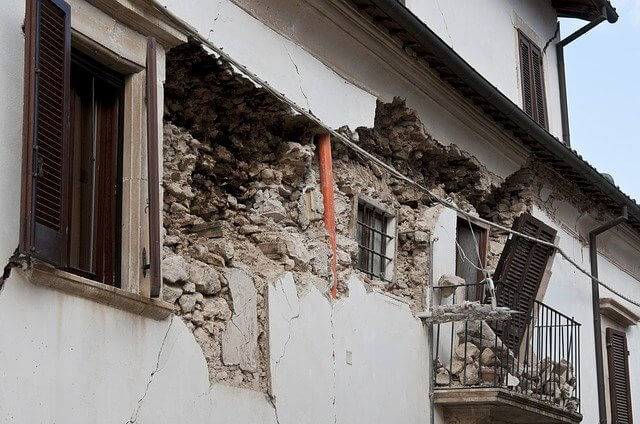General Rules of Earthquake-resistant Building Construction
Following are the general rules of earthquake-resistant building construction:

1. The foundation of the building should not be on loose soil, it must rest on a hard base of soil. Loose soil is more likely to settle easily during an earthquake and cause damage to the building.
2. Different components of the building should be connected in such a way that they behave as a single unit and thus presents the largest moment of inertia against earthquake forces.
3. As much possible as unnecessary extents should be avoided and balconies, canopies, etc. should be firmly tied with the key structure.
4. The suspended ceiling should be avoided. and the thickness of the ceiling plaster should be not more than 6 mm for R.C.C. work.
5. If a new part is to be added to the old house, it must be firmly joined to the old house. Because the joint section between the old and the new building is more likely to be damaged during an earthquake.
Details are coming soon …..
Read Also: